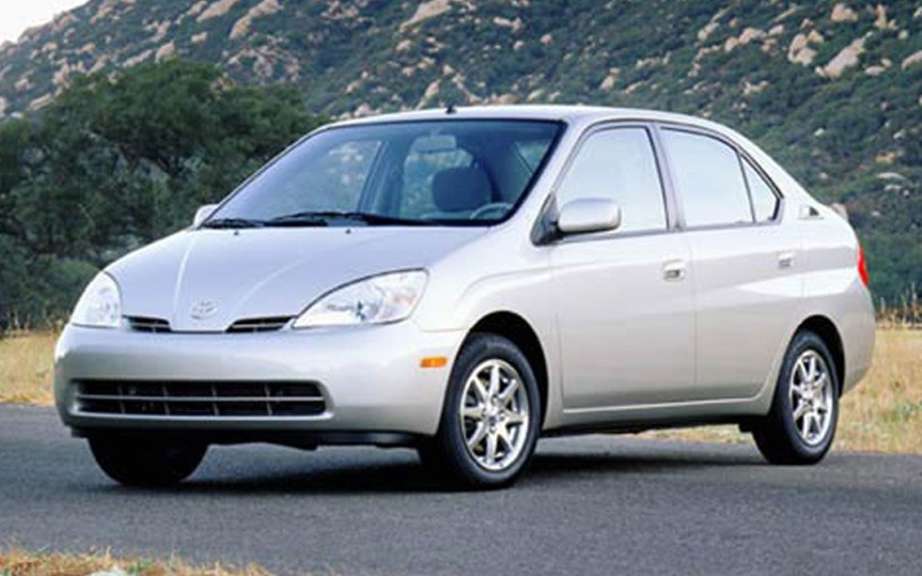Chagrin Toyota dealt a blow to its reputation of reliability

Toyota Canada delivers its comments on the testimony to Congress Gilbert American

Toyota says the system priority of brakes more vehicles

Toyota and undertaking as reminders, will be thoroughly ...
Chagrin Toyota forced to recall 8.5 million vehicles worldwide, dealt a blow to the reputation of severe reliability of Japanese automaker and represent a serious test for the "Toyota way" model of organization combining flexibility and effectiveness.
Assembly lines that look like clocks, parts that arrive just in time, conscientious workers forms to the detection of defects, mass production car quality: these are the characteristics of the model Toyota. However, this has not been enough to prevent problems that are not related to the production phase at the factory.
In fact, Toyota management fails to put into practice the credo hammered it for a very long time has its workers, says Anand Sharma, director of consulting firm TBM Consulting Group, based in Durham, North Carolina. "Toyota managers did not respond to the first signals. It is at that time they would have to identify the causes (problems)," precise Sharma, who teaches Toyotism businesses.
Since October, Toyota recalled 8.5 million vehicles worldwide because of problems with accelerator pedal, the brake system and floor mats _ a record for the Japanese automaker. Defects of the pedal and carpet are design errors while braking system dysfunction is linked to a computer problem. There is no manufacturing errors that could be detected by the workers in the factories.
Toyota remains the best manufacturer "in terms of production management," said Michael Cusumano, a professor at Sloan School of Management at Massachusetts Institute of Technology. "The workers have nothing to do" with these problems.
The president of Toyota, Akio Toyoda, acknowledged in an article published by the Washington Post last week that his company had "failed to make the connection" between the problem of pedal, appeared in Europe in December 2008, and the same failure to United States which leads to a massive recall of vehicles. In Europe, the error had been corrected.
In principle, this type of repair binds to customer complaints is communicated to the seat manufacturer to allow audits in other regions of the world, according to the spokesman for Toyota Europe, Colin Hensley. As cars become increasingly complex and "Computerized" the risk that the controls become obsolete traditional quality increases, according to experts.
There is a difference between the quality control in the production, which is to reproduce exactly the same product again and again, and the fact that ensure safety, says Steven McNeely, who oversees management systems at Jet Solutions, a carrier base Texas. "The management has not concentrated on risk assessment or risk management," he writes in an essay entitled "LESSONS Toyota."
Others believe that the Japanese automaker is distant from the true model Toyotaist, which involves rigorous testing and have to listen to customers. "Toyota has been exemplary to find the problems in the plant and stop production before reaching a crisis," said Jeffrey Liker, professor of industrial engineering at the university of Michigan, author of books on Toyotism.
The fact of not having applied all the principles of the Toyota way "has led to this crisis," he says. "Today Toyotism is the only way out."
Developed in the 1950s by engineer Taiichi Ohno Japanese, Toyotism is considered an essential element in the rise of Toyota, which dispossessed in 2008 General Motors as the world's leading manufacturer. This model of organization has been the subject of numerous laudatory or detractors _ _ books and has inspired competitors like Ford.
Based on the desire to eliminate waste and stockpiling, it also relies on the dedication of employees. Still, slogans plastered in Toyota plants in Japan are urging workers to "kaizen" or finding innovations to improve productivity.







